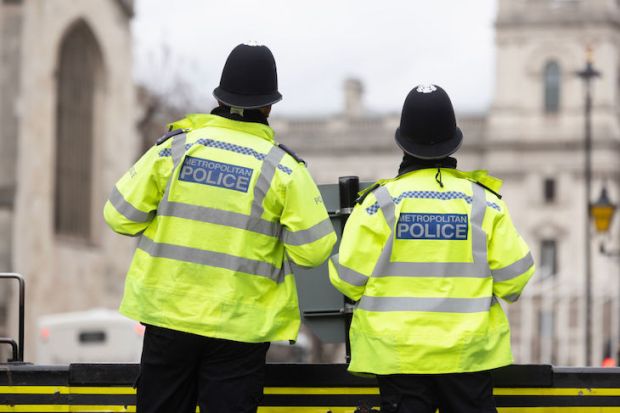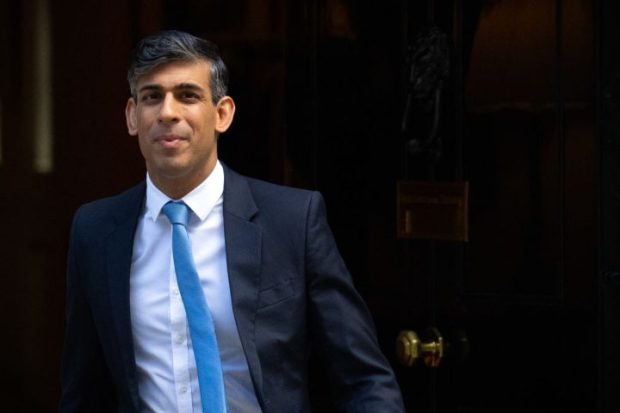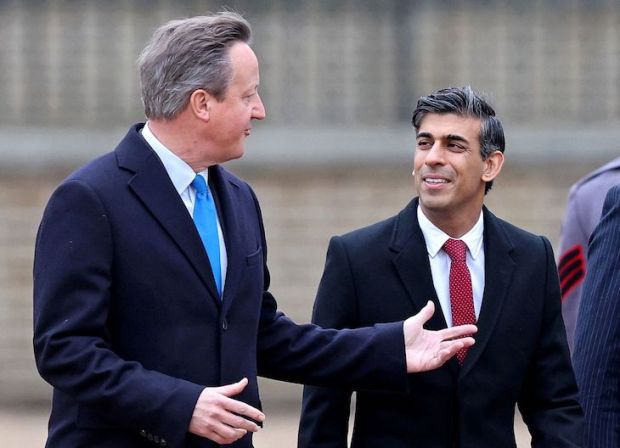The latest employment figures, published this morning, confirm a remarkable aspect of the Covid pandemic: that it appears to have caused no more than a little bump in the jobs miracle of the past decade. That is in spite of the economy shrinking by nearly 10 per cent in 2020 — a performance that in the past would have led to millions out of work. In May the unemployment rate fell by 0.3 per cent to 4.7 per cent. By contrast, it reached over 8 per cent during and after the 2008 financial crash.
But of course, the unemployment figures don’t tell the whole story — not when we have a furlough scheme in operation, something that was absent from previous economic crises. To put the situation into perspective, in May there were 1.66 million people unemployed. On 30 April, however, there were a further 3.4 million people on furlough. The numbers on furlough have certainly fallen as the economy has reopened — it shrank by 900,000 alone during April.
But what we don’t know is how many of the 3.4 million jobs held by furloughed workers still exist and how many people will find themselves unemployed when the furlough scheme eventually ends in September. The pandemic has caused structural changes in the economy that will inevitably mean many businesses are unable to survive in their pre-pandemic form. Yet the furlough scheme is based on the premise that all jobs are capable of being revived once the economy is allowed to reopen.
In some ways, it may be an act of kindness for employers to put employees on furlough rather than making them redundant. But on the other hand, it means that there will inevitably be some people who are currently hoping to return to their old job rather than doing what would be better for them and the economy in the longer run: looking for opportunities in growing industries.
In the US there is a lively political debate as to whether excessively generous welfare payments — which have been boosted during Covid — have contributed to employers complaining about being unable to fill vacancies. And in the US there isn’t even a furlough scheme.
We haven’t really had that debate in Britain: whether furlough is starving the economy of workers. But we need to, as some employers here, too, have complained about finding it hard to recruit new employees. In the case of the UK, there is an added complication. Brexit has almost certainly dissuaded some EU nationals from seeking work in Britain — although it is hard to disentangle this from the effects of the pandemic. Cross-border travel has been disrupted far more than the loss of EU free movement rules could have done.
On the positive side, new jobs are being created in significant numbers: 197,000 payrolled positions were created in May — although the total number is still down 553,000 on what it was in February 2020. There were 758,000 vacancies advertised in May, which was down 27,000 on the average for the first quarter of 2020. The real test will come with October’s employment figures, covering the immediate period after the end of furlough — assuming the scheme is not extended yet again. <//>
Got something to add? Join the discussion and comment below.
Get 10 issues for just $10
Subscribe to The Spectator Australia today for the next 10 magazine issues, plus full online access, for just $10.




















Comments
Don't miss out
Join the conversation with other Spectator Australia readers. Subscribe to leave a comment.
SUBSCRIBEAlready a subscriber? Log in